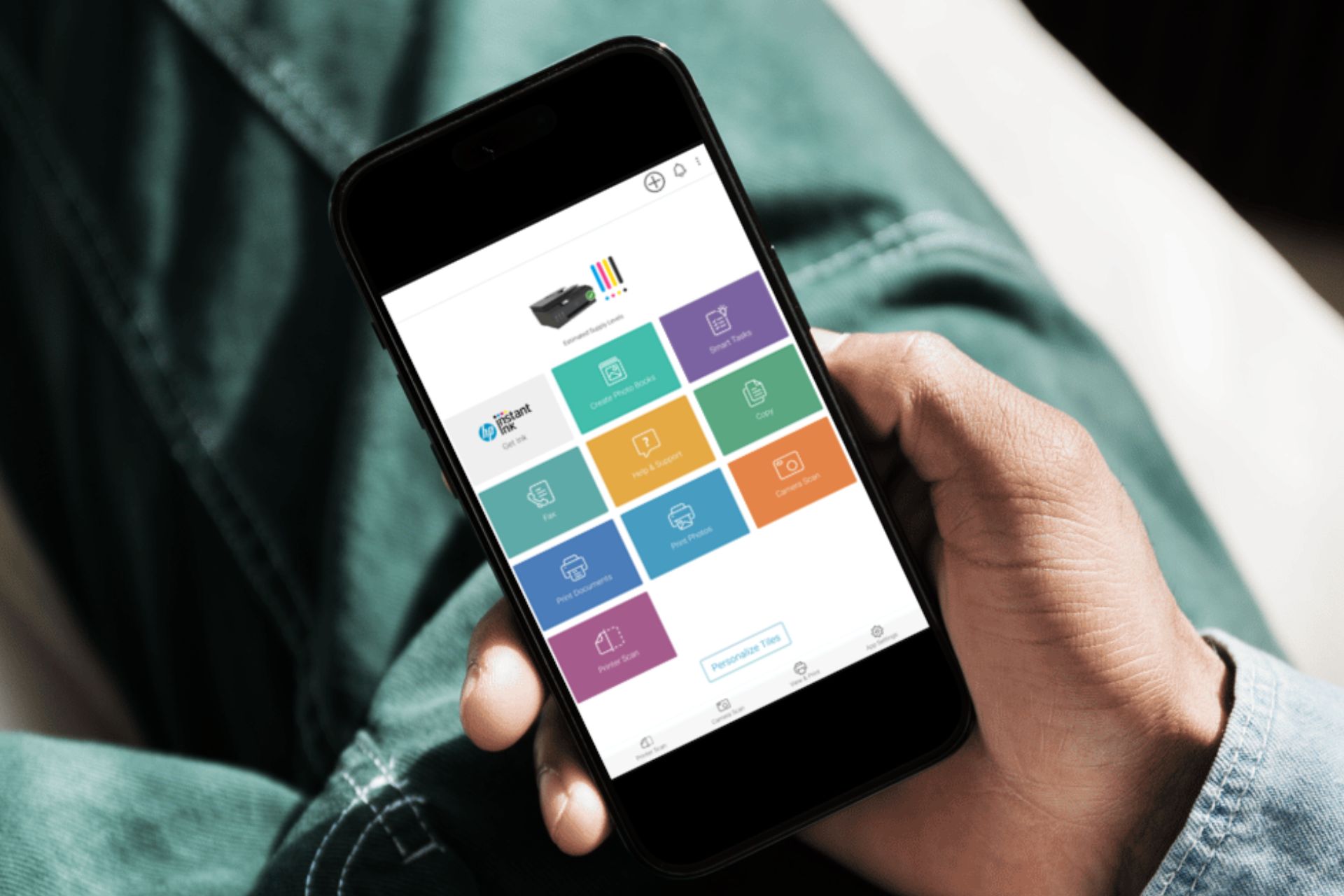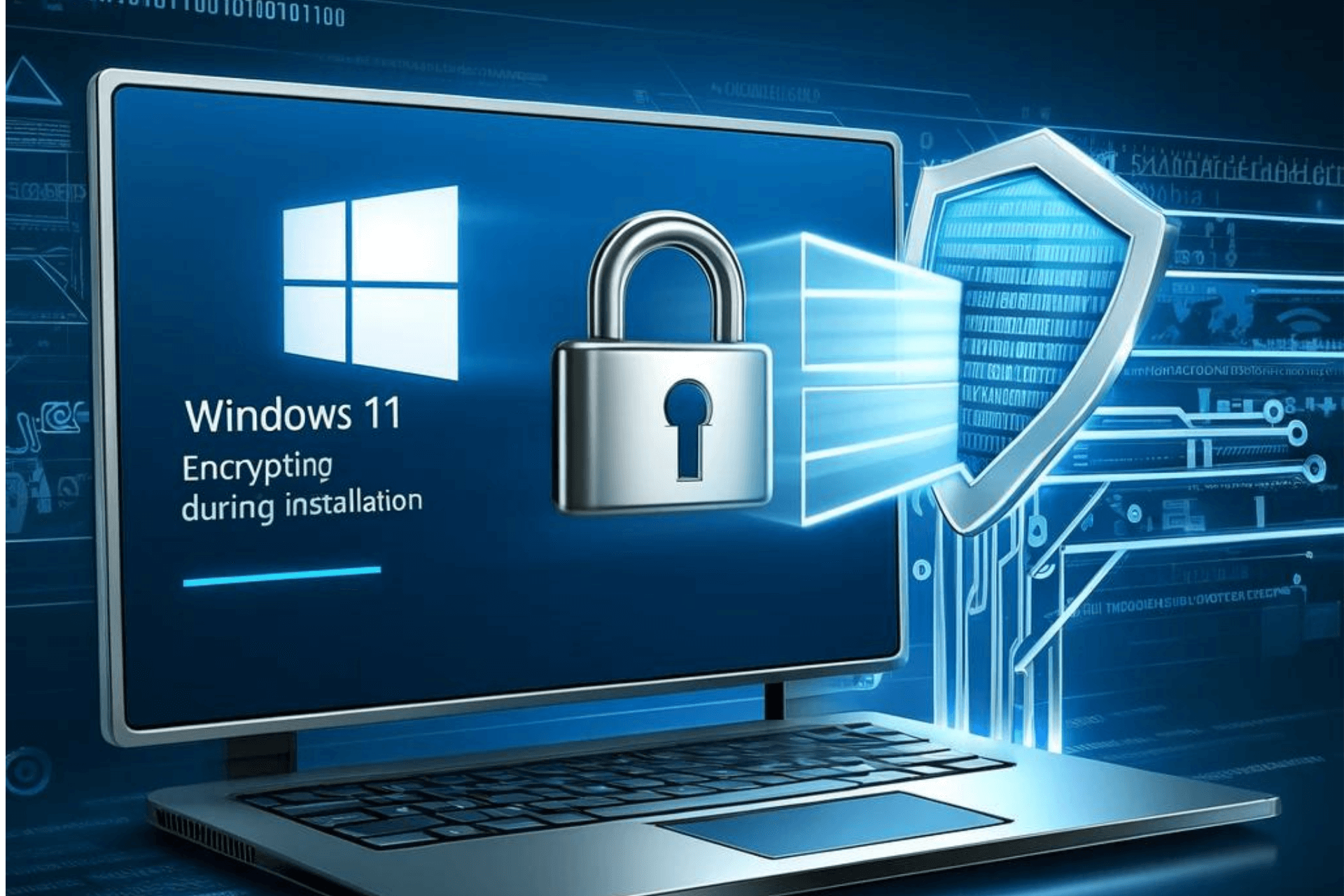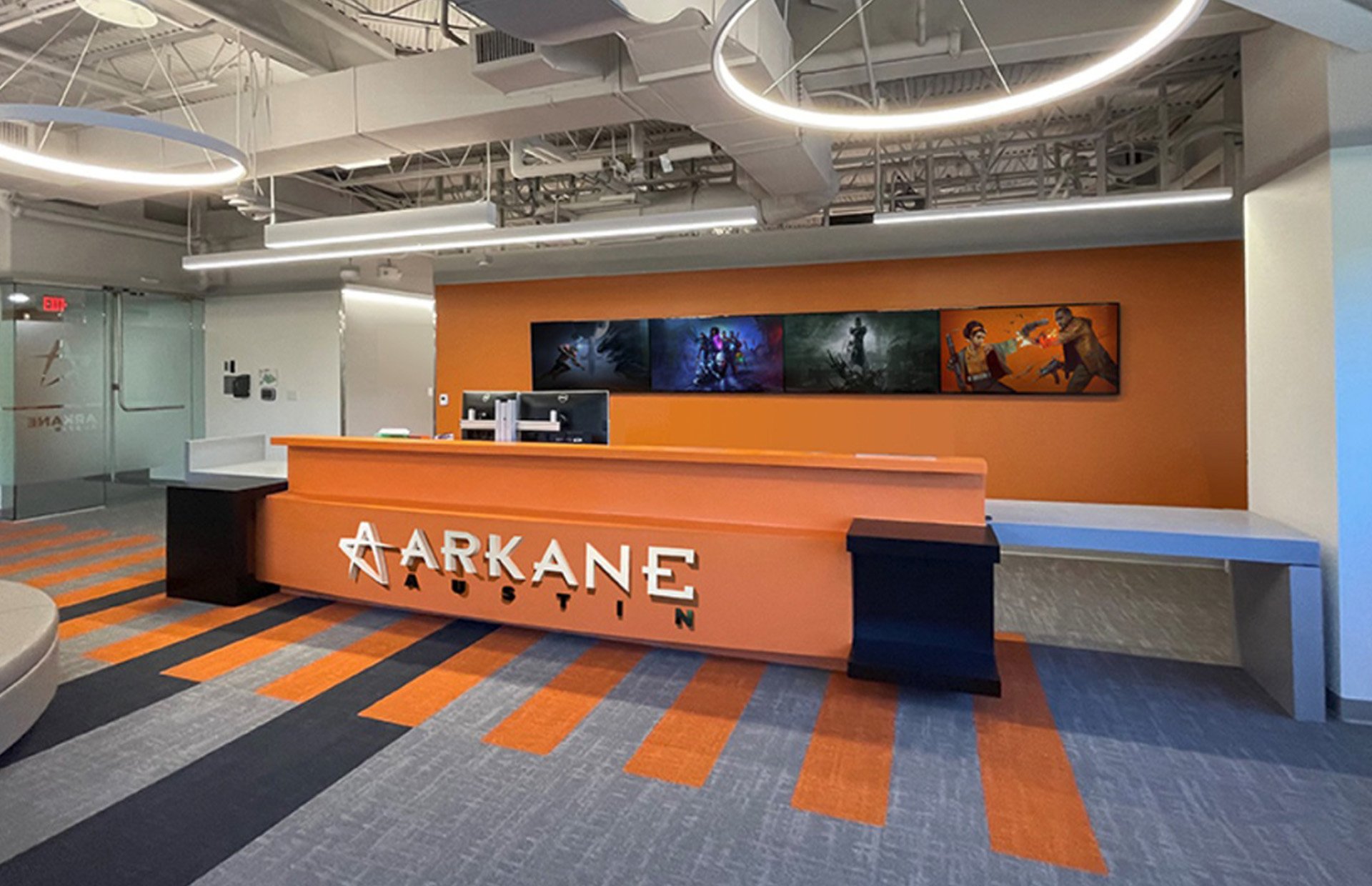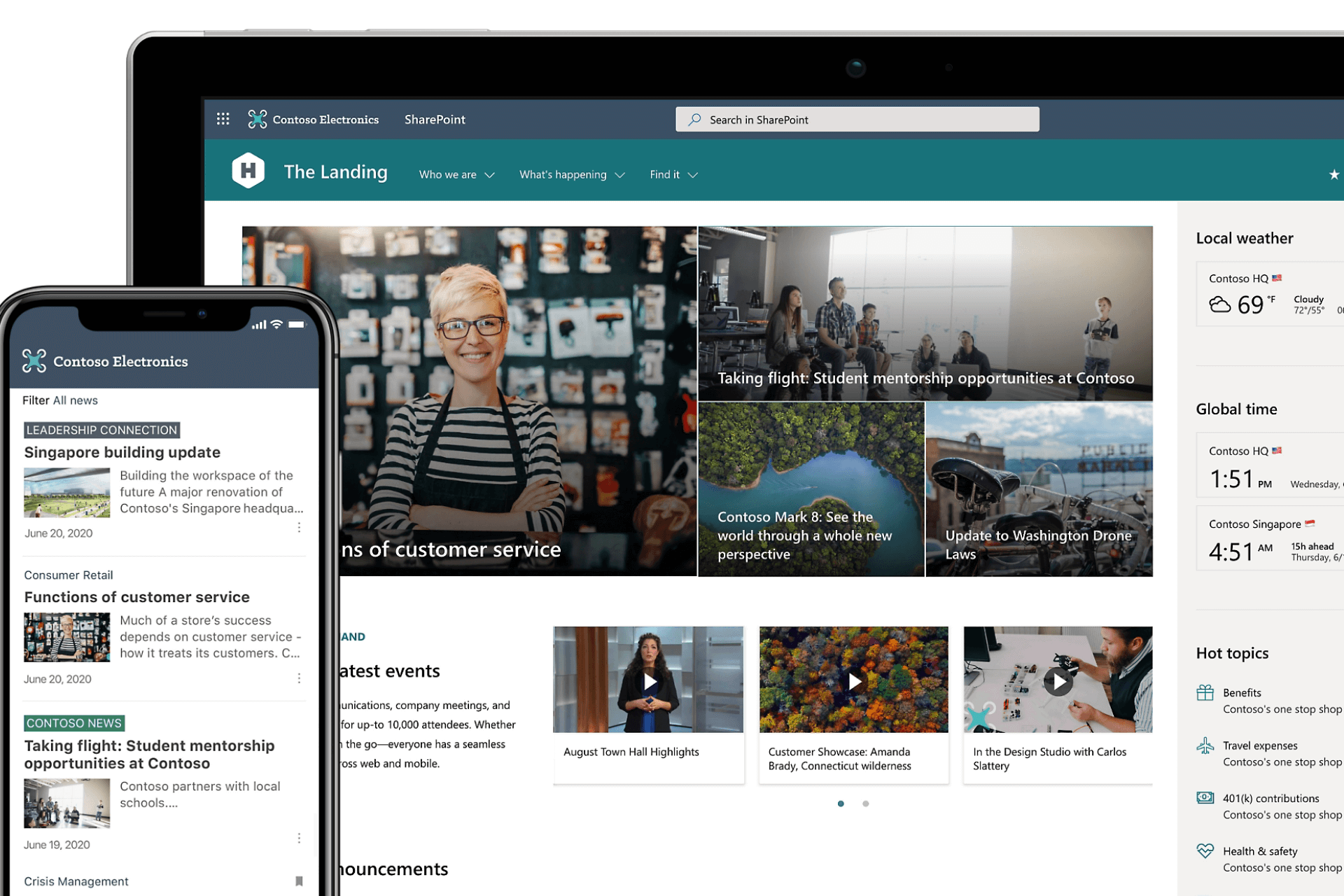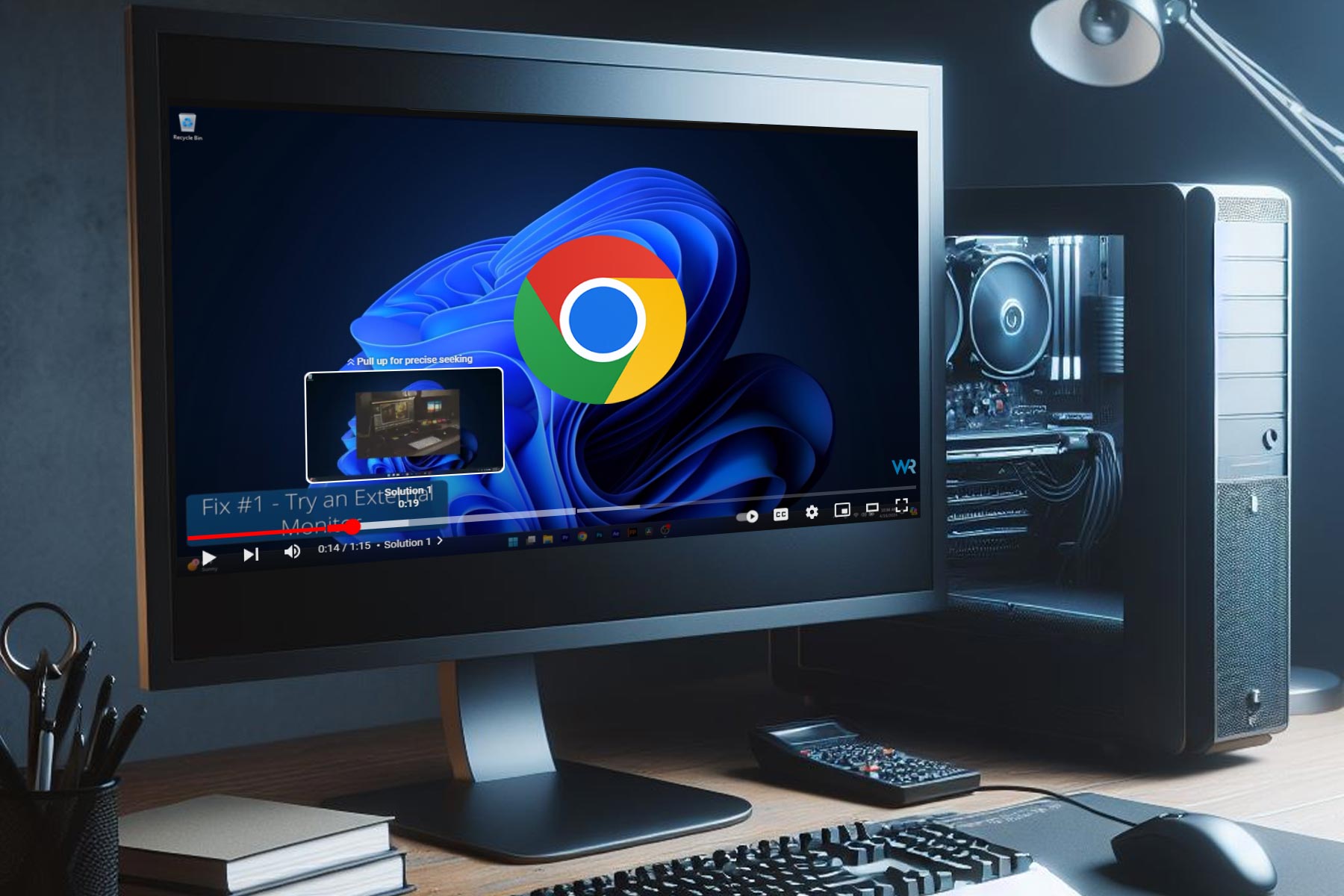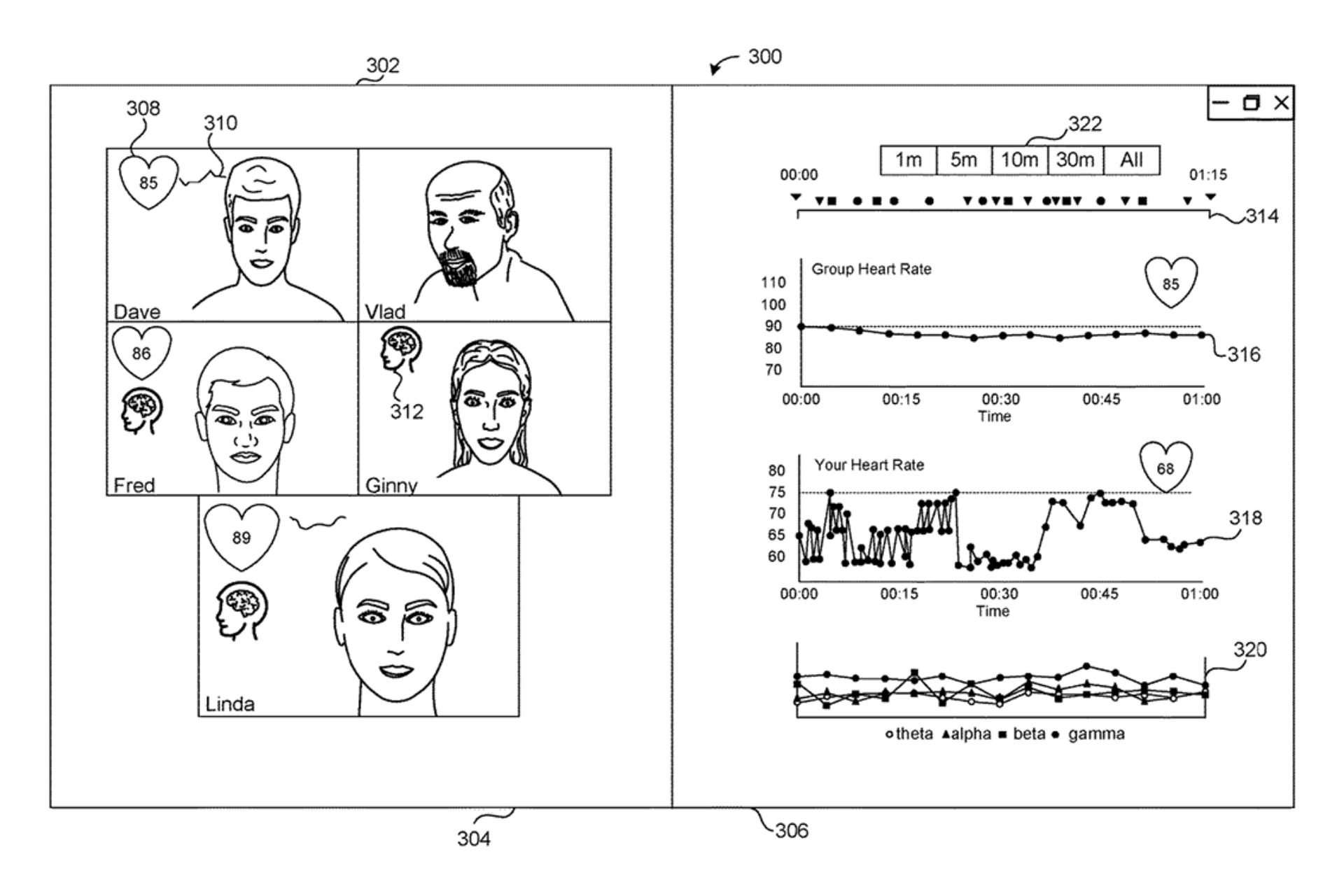Microsoft and UW demo automated data storage in fabricated DNA
2 min. read
Published on
Read our disclosure page to find out how can you help Windows Report sustain the editorial team Read more

Microsoft has, with the help of researchers from the University of Washington, successfully created its very first automated system for storing data within DNA strands. The company had previously purchased 10 million strands of DNA for the purpose of research and testing, and today marks some of the first is successful results in their experiments.
According to the company’s blog post, the researchers were able to successfully encode the word “hello” into the fabricated DNA strands, then retrieve the data and convert it back to digital information using their fully automated end-to-end system. This is especially interesting given the fact that DNA is capable of storing data in a much more compact size than current digital devices, and could potentially last much longer, too.
In the words of Microsoft’s principle researcher Karin Strauss:
“Our ultimate goal is to put a system into production that, to the end user, looks very much like any other cloud storage service — bits are sent to a datacenter and stored there and then they just appear when the customer wants them. To do that, we needed to prove that this is practical from an automation perspective.”
The process is somewhat complicated. It involves taking the 1’s and 0’s of digital information and converting them into the A’s, T’s, C’s, and G’s that DNA is made of by using the required liquids and chemicals that are used to manufacture the snippets and store them in a storage device. Retrieval also involves preparing the DNA with more chemicals ejected from the system, then using a microfluid pump to push the liquids into a device that can read the information and translate it into digital data. The blog post has all of the details for those wishing to read this in depth.
While it’s not exactly a cost-effective method just yet, it does serve to prove that automation is possible for data storage and retrieval within DNA strands. Perhaps with a little more research and development, it could serve to innovate in in a much broader sense than anything we’ve seen.


